Lung: Bronchiectasis
- Show a resected upper lobe with with widely dilated bronchi.
- Thickening of the bronchial walls
- Collapse & fibrosis of the pulmonary parenchyma
_____________________________________________________________________________________________
Lung: Acute Pneumonia
- Microscopic photograph
_____________________________________________________________________________________________
Lung: Pulmonary Embolism
- Seen in the pulmonary artery to the left lung on cut section is a large pulmonary thromboembolus
- Such thromboemboli typically originate in the leg veins/pelvic veins of persons who are immobilized
_____________________________________________________________________________________________
Squamous Cell Carcinoma of Lung
- Microscopic appearance of squamous cell carcinoma with nests of polygonal cells with pink cytoplasm and distinct cell borders.
- The nuclei are hyperchromatic.
- The center shows attempted keratin pearl formation, sign of differentiation.
_____________________________________________________________________________________________
Mycobacterium tuberculosis of lung – AFB stain
- This is an acid fast stain of Mycobacterium tuberculosis (MTB).
- Note the red rods – hence the terminology for MTB in histologic sections/smears: acid fast bacilli
_____________________________________________________________________________________________
Lung: Emphysema
- Alveolar walls are thin, atrophic & have broken down to form large spaces
- Thick arrow: Collection of pigment laden macrophages seen.
_____________________________________________________________________________________________
Bronchogenic carcinoma (Lung cancer)
- There is a large, gray white to dull yellow neoplastic growth arising from the bronchus
- Solid in nature
- with ill defined margins
- There is also deposition of anthracotic pigment in the lung parenchyma elsewhere.
_____________________________________________________________________________________________
Lung: Carcinoma
- Specimen of lung shows large, irregular, firm, gray white mass extending from the hilum to pleura
- The black areas are the anthracotic pigments trapped in the tumor.
- Tumors arising in the hilum are commonly squamous cell carcinomas as in this case.
_____________________________________________________________________________________________
Ghon focus
- Initial infection with Mycobacterium Tuberculosis in an incompetent individual
- Usually occurs in an upper region of the lung producing a sub-pleural lesion called a Ghon focus (RED ARROW)
- YELLOW ARROW: Focal areas of emphysematous change is also seen.
_____________________________________________________________________________________________
Miliary Tuberculosis
- Miliary tuberculosis can occur when tuberculous lung lesions erode pulmonary veins/systemic veins.
- This results in dissemination of tubercle bacilli producing myriads of 1-2 mm lesions in susceptible hosts.’
- Miliary spread limited to the lungs can occur following erosion of pulmonary arteries by tuberculous lung lesions.
_____________________________________________________________________________________________
Mesothelioma of the pleura
- This is pleural mesothelioma encasing the right lung completely along with the mediastinum.
- There is marked thickening of the pleura due to the tumour.
- And the mediastinum structures are compressed.
_____________________________________________________________________________________________
Lung: Metastatic deposits
- Shows extensive, metastatic deposits distributed in a random fashion in the lung parenchyma.
- The site of the deposits vary, and appear grayish white in colour.
_____________________________________________________________________________________________
Mesothelioma of pleura
- Mesothelioma is a rare cancer arising from the mesothelial cells.
- These tumors usually arise in the visceral/parietal pleura, peritoneum and pericardium.
- The dense white encircling tumor mass is arising from the visceral pleura.
- These are big bulky tumors that fill the chest cavity.
- The risk factor for mesothelioma is asbestos exposure.
_____________________________________________________________________________________________
Lung: Chronic pneumonia
- Inflammatory cells
- Macrophages
- Inflamed alveolar spaces
_____________________________________________________________________________________________
Lobar pneumonia
FIGURE 1
- This is a lobar pneumonia in which consolidation of the entire left upper lobe has occured.
FIGURE 2
- A clearer view of the lobar pneumonia demonstrates the distinct difference between the upper lobe and the consolidated lower lobe (ARROW)
_____________________________________________________________________________________________
Bronchopneumonia
- ARROWS: The lighter areas that appear to be raised on cut surface from the surrounding lung are the areas of consolidation of the lung.
- The patchy consolidated areas here very closely match the pattern of lung lobules.
- Typical bacterial organisms include:- Staphylococcus aureus, Klebsiella, E.Coli, Pseudomonas.
_____________________________________________________________________________________________
Lung: Fibrosing alveolitis
- Dense interstitial sacs
- Scant inflammatory cells
- Dense fibrosis
_____________________________________________________________________________________________
Emphysema
_____________________________________________________________________________________________
Bronchiectasis


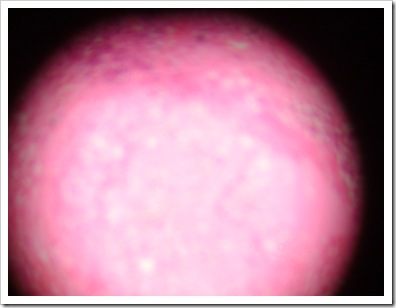
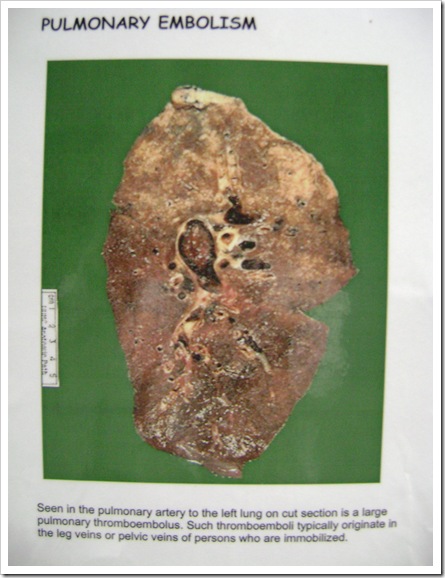

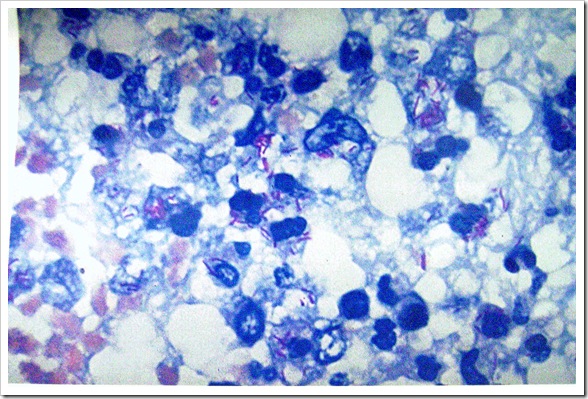
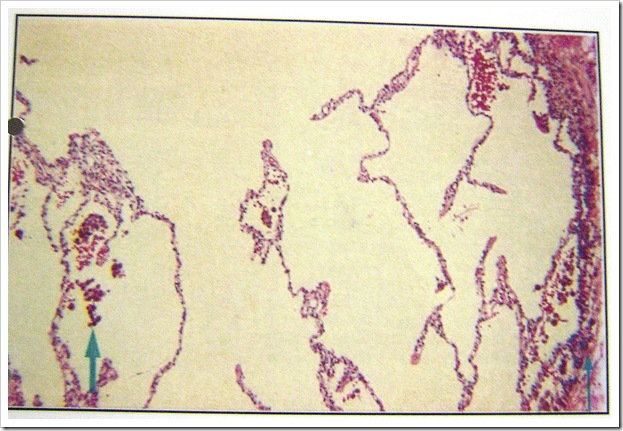
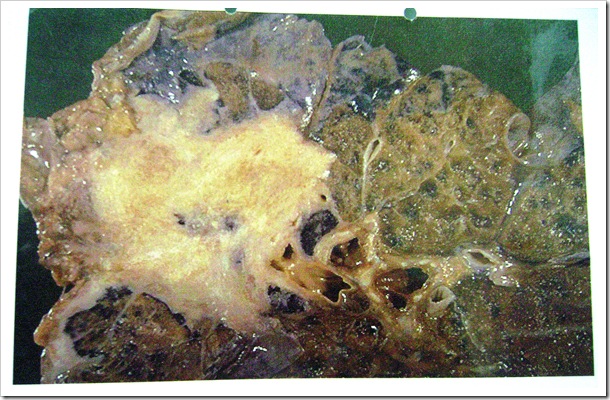
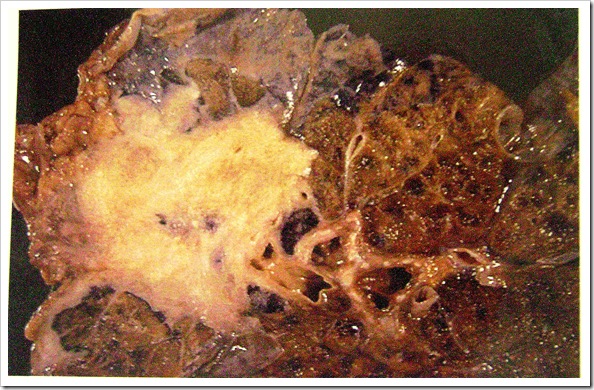
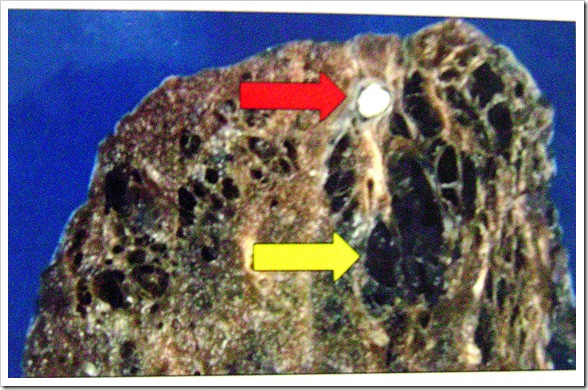
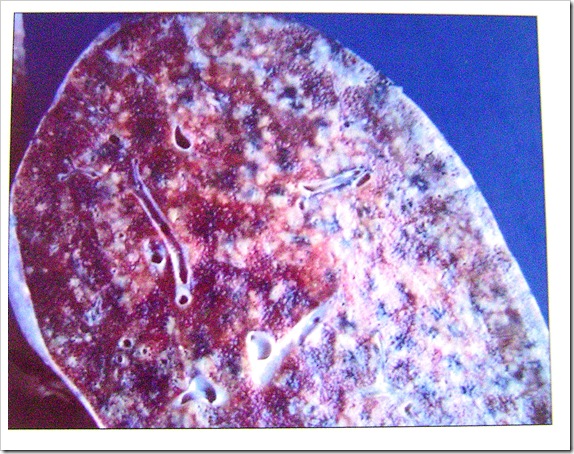
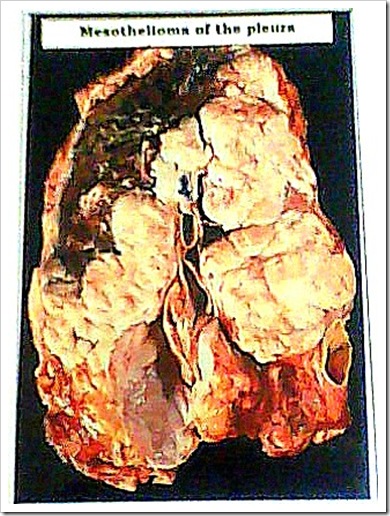

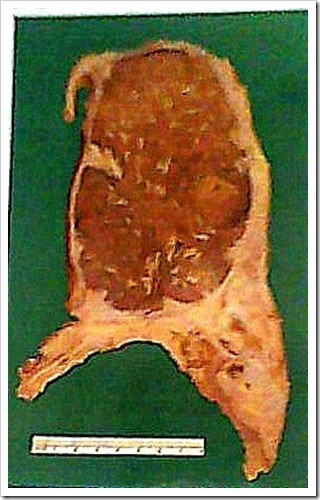
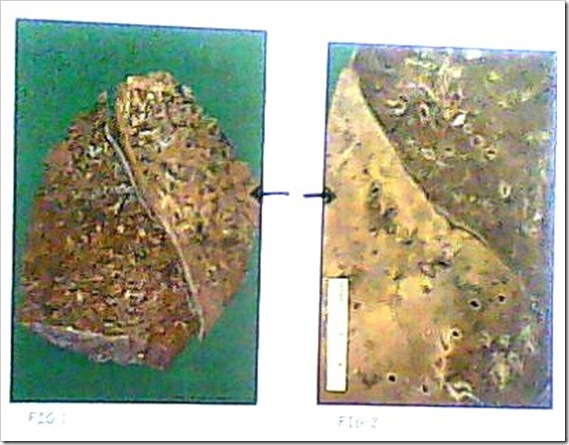
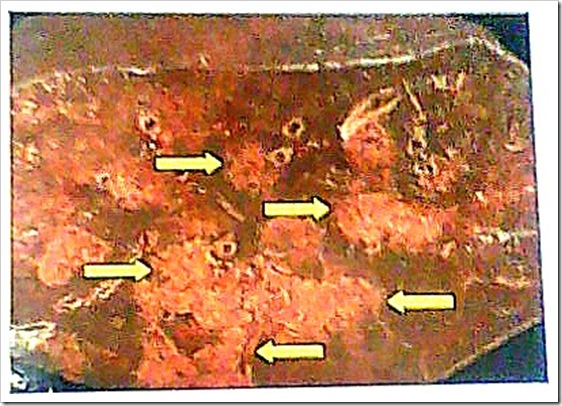
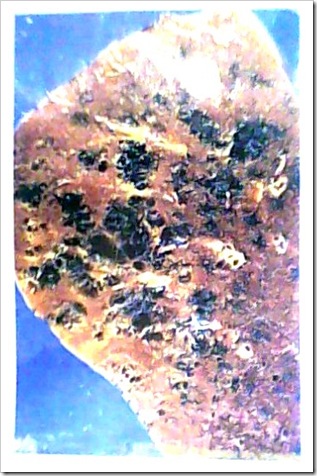
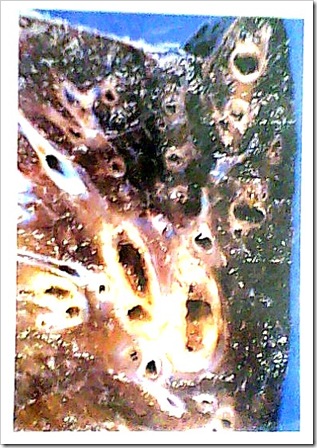
 Download this file: http://rapidshare.com/files/354407630/Microbiology.xls.html and you’re good to go! p/s: I did not include the drugs, so do study that up by urself yea. All the best!
Download this file: http://rapidshare.com/files/354407630/Microbiology.xls.html and you’re good to go! p/s: I did not include the drugs, so do study that up by urself yea. All the best!
Something respiratory finally
Thanks!
What’s up, yeah this post is in fact nice and I have learned lot of things from it concerning blogging. thanks.